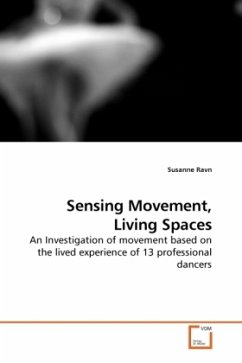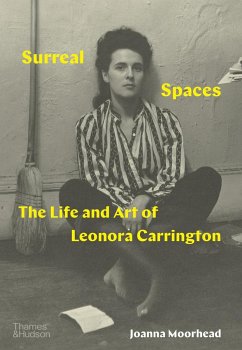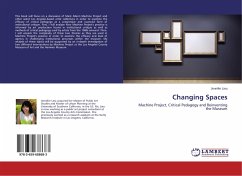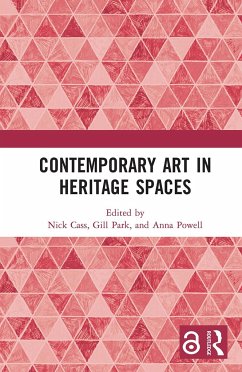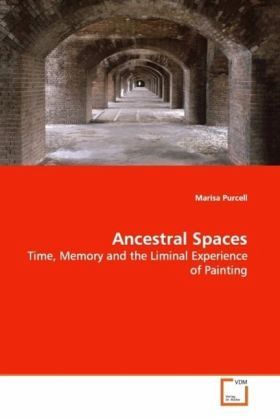
Ancestral Spaces
Time, Memory and the Liminal Experience of Painting
Versandkostenfrei!
Versandfertig in 6-10 Tagen
32,99 €
inkl. MwSt.

PAYBACK Punkte
16 °P sammeln!
Where a person is situated in time and spacedetermines the way an artwork is perceived. Theresult of this experience implies a relationshipbetween the viewer and the artwork, thereby creatinga liminal space. This threshold or in-between spaceseparates and unites two opposing forces, creating aunique place that transcends memory and time. Anartwork can serve as a mediatory object betweenartist and viewer because with each encounter aunique meeting occurs. Thus, the meeting of audienceand art object is transitory, ephemeral and temporalby nature and will be discussed in relation to theartwork as...
Where a person is situated in time and space
determines the way an artwork is perceived. The
result of this experience implies a relationship
between the viewer and the artwork, thereby creating
a liminal space. This threshold or in-between space
separates and unites two opposing forces, creating a
unique place that transcends memory and time. An
artwork can serve as a mediatory object between
artist and viewer because with each encounter a
unique meeting occurs. Thus, the meeting of audience
and art object is transitory, ephemeral and temporal
by nature and will be discussed in relation to the
artwork as a vehicle to foster subjective perception.
Using my ancestral memories as a starting point, I
refer to the art object as a means to explore time as
a cross section of experience. Like dreams, where
time is non-linear and memories exist side by side, I
refer to the nondual space that exists between
artist, artwork and audience as an opportunity to
access an intuitive reaction to perception. By
presenting an overview of approaches from art history
and contemporary art, this paper will discuss the
various philosophical approaches that have been
employed to represent space and time.
determines the way an artwork is perceived. The
result of this experience implies a relationship
between the viewer and the artwork, thereby creating
a liminal space. This threshold or in-between space
separates and unites two opposing forces, creating a
unique place that transcends memory and time. An
artwork can serve as a mediatory object between
artist and viewer because with each encounter a
unique meeting occurs. Thus, the meeting of audience
and art object is transitory, ephemeral and temporal
by nature and will be discussed in relation to the
artwork as a vehicle to foster subjective perception.
Using my ancestral memories as a starting point, I
refer to the art object as a means to explore time as
a cross section of experience. Like dreams, where
time is non-linear and memories exist side by side, I
refer to the nondual space that exists between
artist, artwork and audience as an opportunity to
access an intuitive reaction to perception. By
presenting an overview of approaches from art history
and contemporary art, this paper will discuss the
various philosophical approaches that have been
employed to represent space and time.





